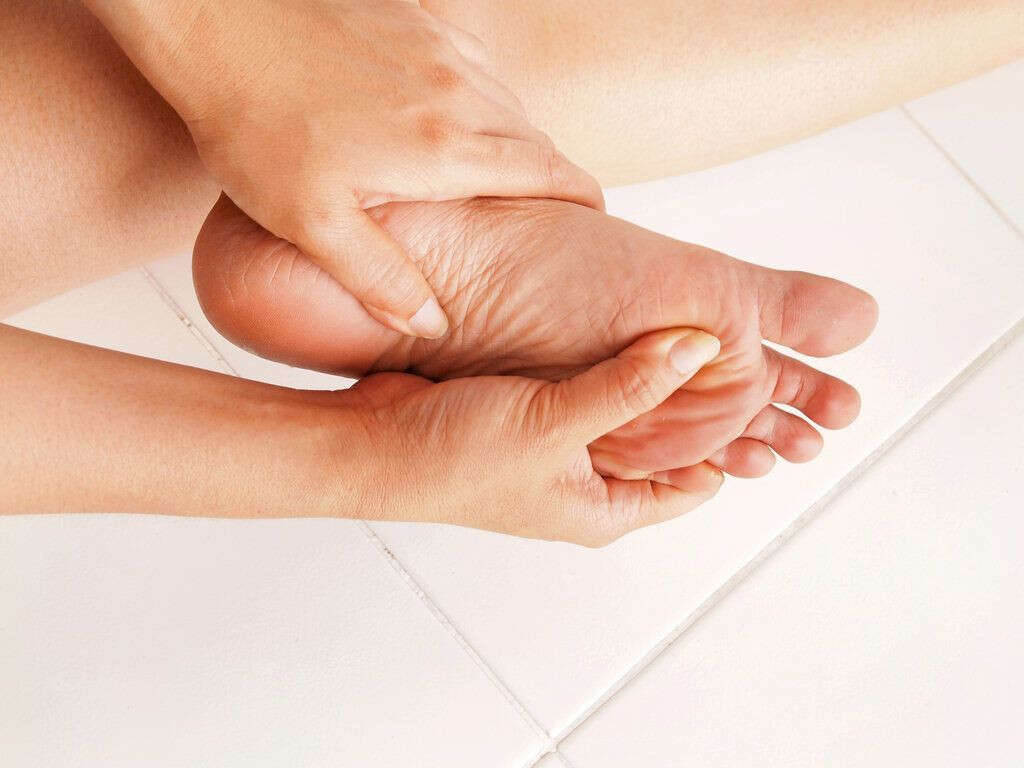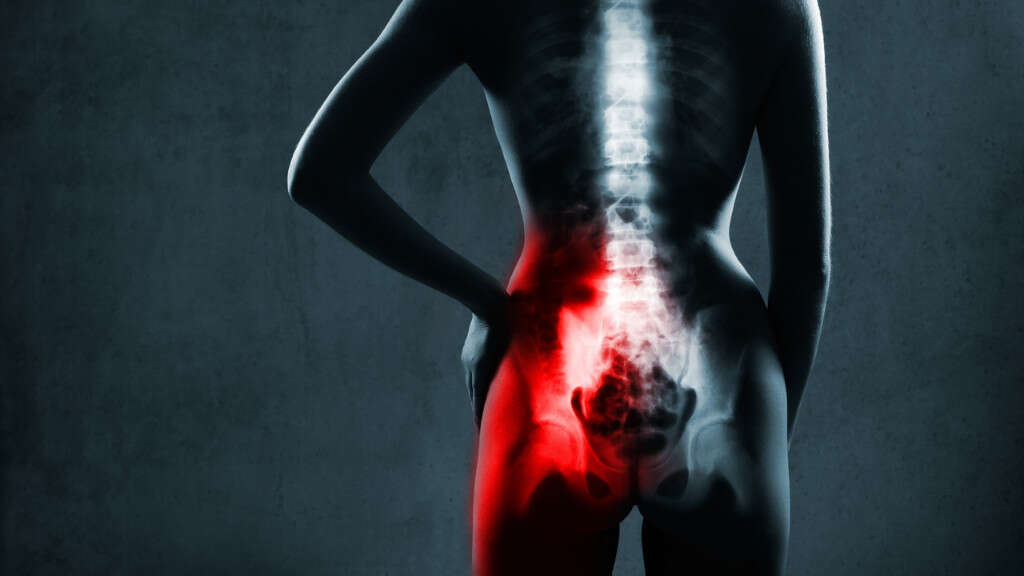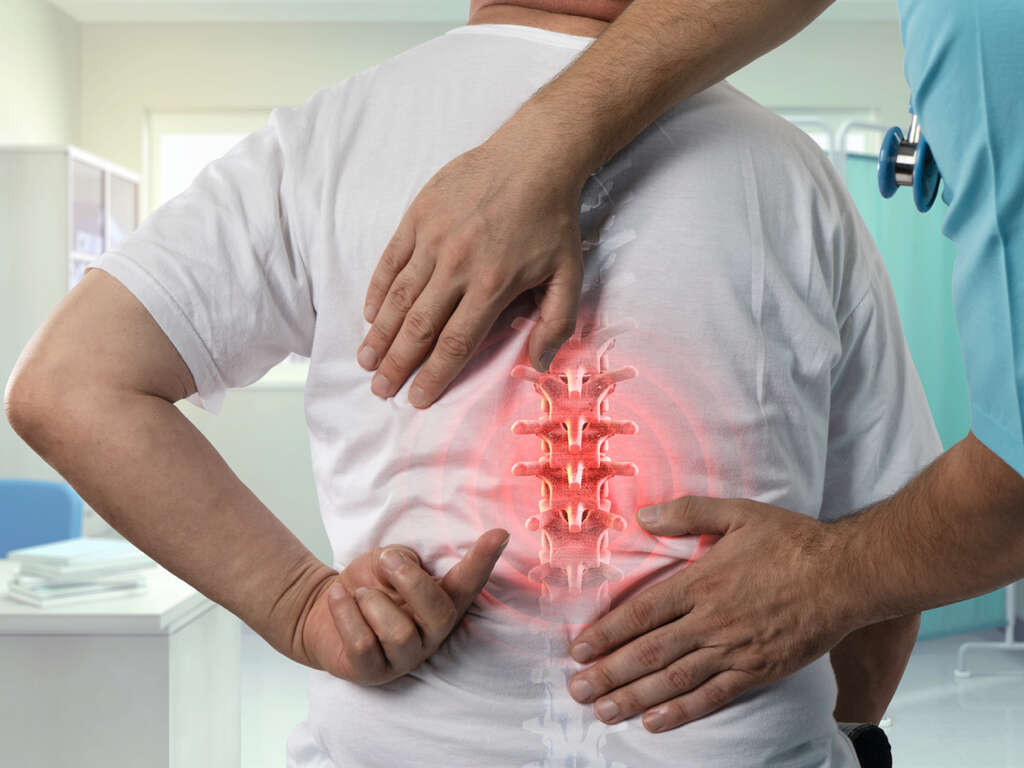10 Piriformis Syndrome Symptoms
Piriformis syndrome is caused by the abnormal condition of the piriformis muscle resulting in peripheral neuritis of the sciatic nerve. This means that the symptoms experienced are due to the compression of the sciatic nerve around the piriformis muscle. Piriformis syndrome is often misdiagnosed or unrecognized in clinical settings. It is commonly misdiagnosed as sciatica, intervertebral discitis, primary sacral dysfunction, or lumbar radiculopathy. It has even been estimated that a minimum of six percent of patients diagnosed with low back pain have piriformis syndrome.
Causes of piriformis syndrome include spasms of the piriformis muscle, trauma to the gluteal muscle, overuse injury, and anatomical variation. The diagnosis of piriformis syndrome is difficult as there is no standardized or definitive test. However, there are some physical exam maneuvers that can help support the diagnosis. Diagnosis of piriformis syndrome is important as a delay in diagnosis can result in chronic somatic dysfunction, pathologic conditions of the sciatic nerve, hyperesthesia, paresthesia, and muscle weakness. However, it can be challenging for physicians to recognize symptoms unique to piriformis syndrome.
The treatment of piriformis syndrome involves avoiding triggers, physiotherapy, stretching, the use of medication such as non-steroidal anti-inflammatory drugs (NSAIDs), and the injection of botulinum toxin or steroid. This condition is most commonly seen in the fourth to fifth decades of life. It has been observed to affect all individuals regardless of activity levels or occupation. However, it is more common in women and this has been attributed to the biomechanics of the wider quadriceps femoris muscle angle in the pelvis of women.
Symptom #1: Paresthesia
Paresthesia can be defined as an abnormal sensation where there is a tingling, burning, chilling, or pricking sensation on the skin without any apparent physical cause. Paresthesia can be chronic or transient. There are many causes of paresthesia such as hyperventilation, panic attacks, herpes simplex virus infection, shingles, and reactive hyperemia, among others.
The most common kind of paresthesia is the sensation that is often referred to as “pins or needles” or a limb that has “fallen asleep”. In piriformis syndrome, the paresthesia is often felt radiating from the sacrum through the gluteal area and the posterior aspect of the thigh, above the knee.
Symptom #2: Numbness in Foot
Numbness occurs when there is a reduced sense of touch or loss of sensitivity to stimuli. It can occur if there is nerve damage or blockage in the blood vessels. Some conditions that can result in numbness include decompression sickness, cutaneous sensory disorder, beriberi, trigeminal schwannoma, and rhombencephalitis.
In piriformis syndrome, there may be numbness of the foot due to the compression of the nerve surrounding the piriformis muscle.

Symptom #3: Pain at Rest
One of the most common presenting symptoms of piriformis syndrome is increasing pain at rest, especially after sitting, standing, or lying for more than 15 to 20 minutes. Many patients often complain of pain that is felt over the piriformis muscle located in the buttocks, and the muscle’s attachments at the medial greater trochanter and sacrum.
The pain usually improves once the patient starts to ambulate (move) and gradually worsens with no movement. Piriformis syndrome should be suspected if a change in position does not relieve the pain completely.
Symptom #4: Contralateral Sacroiliac Pain
There are two sacroiliac joints in the lower back on each side of the spine. These joints function to carry the weight of the upper body when the individual walks or stands and helps to shift the load to the legs. Sacroiliac pain can be dull or sharp and is often triggered when the patient is trying to stand up.
Sacroiliac pain can occur due to trauma from sports, falling down, overuse, and arthritis. In piriformis syndrome, the sacroiliac pain is usually felt on the contralateral side.

Symptom #5: Difficulty Walking
Due to the contracted piriformis muscle which causes external hip rotation, the patient may present with difficulty walking and pain when there is internal rotation. Patients with piriformis syndrome may have an antalgic gait or foot drop. An antalgic gait refers to the type of gait which helps the patient to minimize the amount of pain when he or she is walking.
It is a type of gait abnormality where the stance phase is shortened compared to the swing phase. Foot drop occurs when there is dropping of the forefoot.
Symptom #6: Weakness
In piriformis syndrome, patients may experience weakness in the ipsilateral lower extremity due to the compression of nerves surrounding the piriformis muscle.
Weakness can also occur if there is foot drop where there is dropping of the forefoot caused by damage or irritation to the common fibular nerve, sciatic nerve, or paralysis of the muscles. It can also occur if piriformis syndrome occurs when there is an anatomic anomaly.

Symptom #7: Abdominal, Inguinal, and Pelvic Pain
Abdominal pain or a stomach ache are commonly associated with various serious and non-serious issues. The abdomen is divided into 9 regions: the right hypochondriac, epigastric, left hypochondriac, left lumbar, umbilical, right lumbar, right iliac, hypogastric, and the left iliac.
Inguinal pain refers to pain in the groin usually caused by ligament, muscle or tendon issues. In piriformis syndrome, pain can be felt in the abdominal, inguinal, or pelvis. Spasm of the piriformis muscle can cause stress on the sacrotuberous ligament resulting in compression of the pudendal nerves or stress on the innominate bones leading to pelvic and groin pain.
Symptom #8: Headache and Neck Pain
A headache can be defined as pain that is felt anywhere in the neck or head. Headaches are very common and can be seen in various situations such as dehydration, hunger, infection, and heat, among others. Although it may seem unrelated, due to facilitative or compensatory mechanisms, piriformis syndrome can lead to thoracic, cervical, and lumbosacral pain.
It can also cause headaches, neck pain, and gastrointestinal disorders. Symptomatic management involves the use of pain medication such as paracetamol (acetaminophen) and NSAIDs like ibuprofen.

Symptom #9: Pain with Bowel Movements
In patients with piriformis syndrome, the compression of the surrounding nerves can result in debilitating pain that radiates to the lower back and leg.
However, it can also cause pain during bowel movements as the increased intraabdominal pressure during a bowel movement exerts more compression on the already irritated nerve. However, patients who present with this complaint are often misdiagnosed and prompted to see a gastroenterologist or gynecologist.
Symptom #10: Dyspareunia
Dyspareunia is a term that refers to painful sexual intercourse that can be due to psychological or medical causes. Women with piriformis syndrome can present with dyspareunia, sexual dysfunction, and issues with urination or bowel movements which may be due to the involvement of nerves around the piriformis muscle.
The irritation or compression of the pudendal nerve results in pudendal neuralgia, sexual dysfunction, dyspareunia, defecation issues, and urinary problems.











